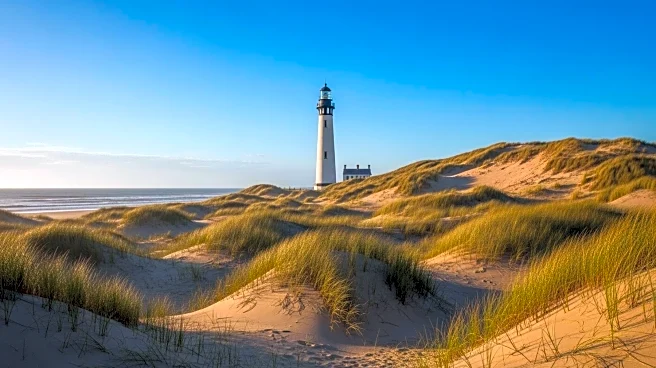The Outer Banks, a 200-mile string of barrier islands off the coast of North Carolina and southeastern Virginia, hold a significant place in the cultural and natural history of the United States. Known for their expansive beaches and
the Cape Hatteras National Seashore, these islands have been a major tourist destination and a site of historical importance. The Outer Banks have been shaped by natural forces and human history, from the early Native American inhabitants to the European settlers and beyond.
Scope of Legacy
The Outer Banks' legacy is deeply rooted in its geographical and cultural significance. These islands have served as a natural barrier, protecting
the mainland from the Atlantic Ocean's storms and waves. Historically, they were inhabited by Native American tribes such as the Algonquin-speaking Chowanoke, Secotan, and Poteskeet, who utilized the islands for fishing and seasonal living. The islands' role as a protective barrier and a site of early human settlement underscores their enduring legacy.
Pivotal Contributions
The Outer Banks have contributed significantly to the
cultural and historical tapestry of the East Coast. The islands are home to the Cape Hatteras National Seashore, the first national seashore in the United States, which preserves the natural beauty and history of the area. Additionally, the islands have been the site of numerous shipwrecks, earning the nickname "Graveyard of the Atlantic," and have played a crucial role in maritime history.
Enduring Influence
The
influence of the Outer Banks extends beyond their geographical boundaries. They have inspired countless stories and legends, contributing to the cultural identity of the region. The islands' unique landscape and history continue to attract visitors and researchers, ensuring that their legacy is preserved and celebrated. The preservation efforts, including the establishment of national parks and historical sites, highlight the ongoing commitment to maintaining the islands' natural and cultural heritage.
U.S. Relevance
For U.S. audiences, the Outer Banks represent a unique blend of natural beauty and historical significance. They offer insights into the early
interactions between Native Americans and European settlers, as well as the challenges and triumphs of maritime navigation. The islands' role in shaping the cultural and environmental landscape of the East Coast makes them a vital part of American history and a cherished destination for tourists and historians alike.

 Discover Daily
Discover Daily 











